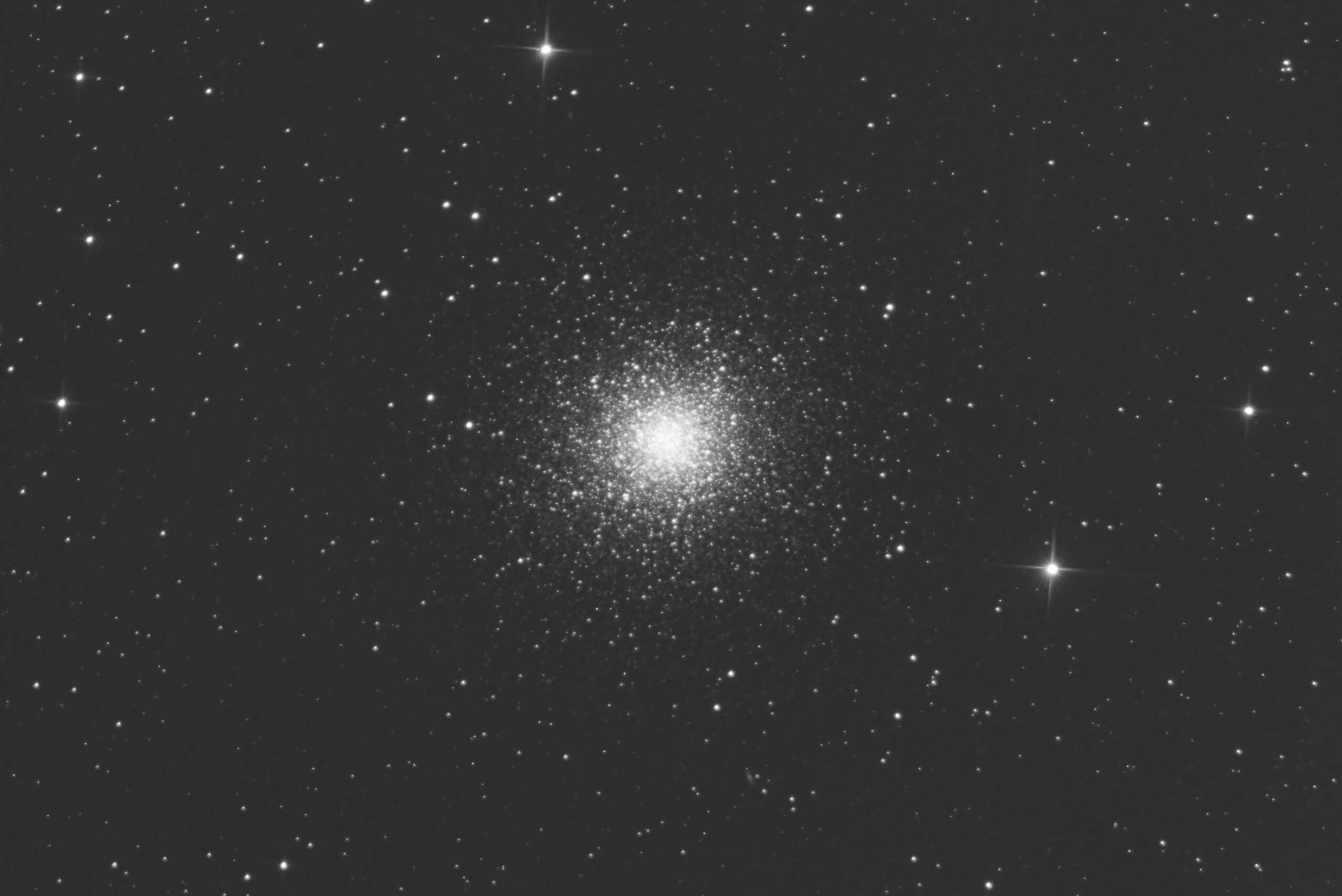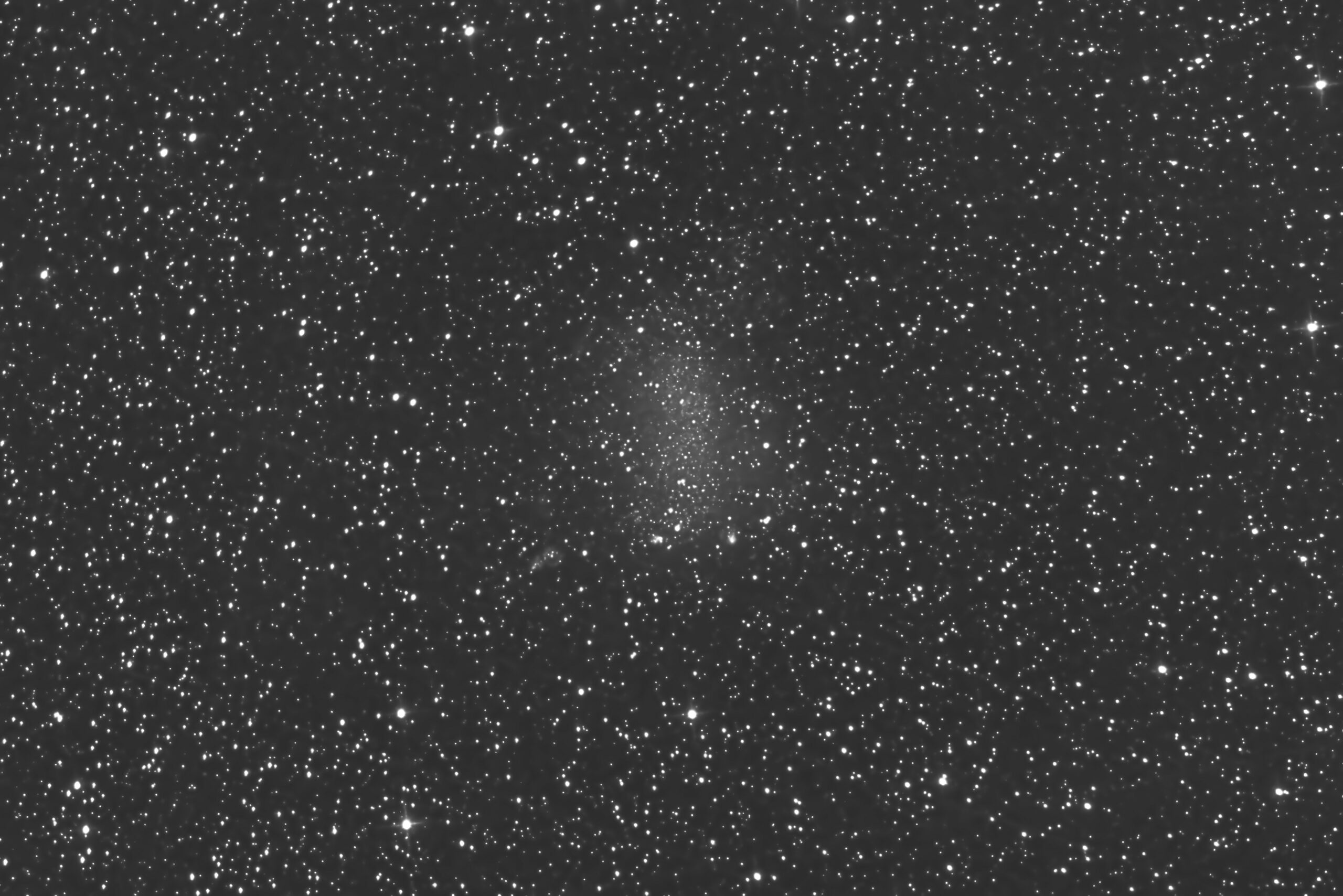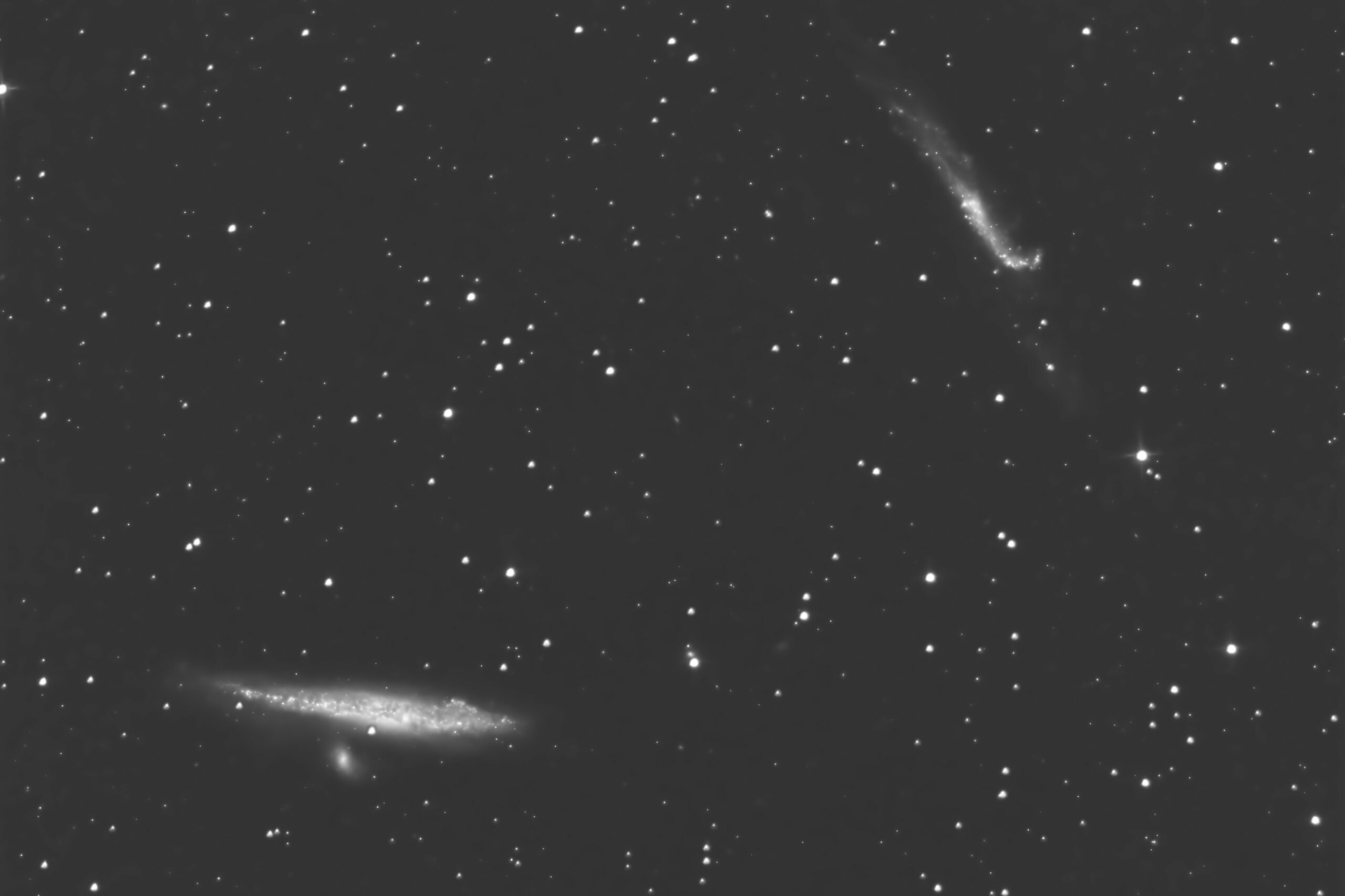-
A supernova in NGC 7331
Read more: A supernova in NGC 7331SN 2025rbs is a Type Ia supernova (a binary system) discovered on July 14, 2025, in the spiral galaxy NGC 7331, in the constellation Pegasus, at a distance of approximately 45 million light-years from Earth.

-
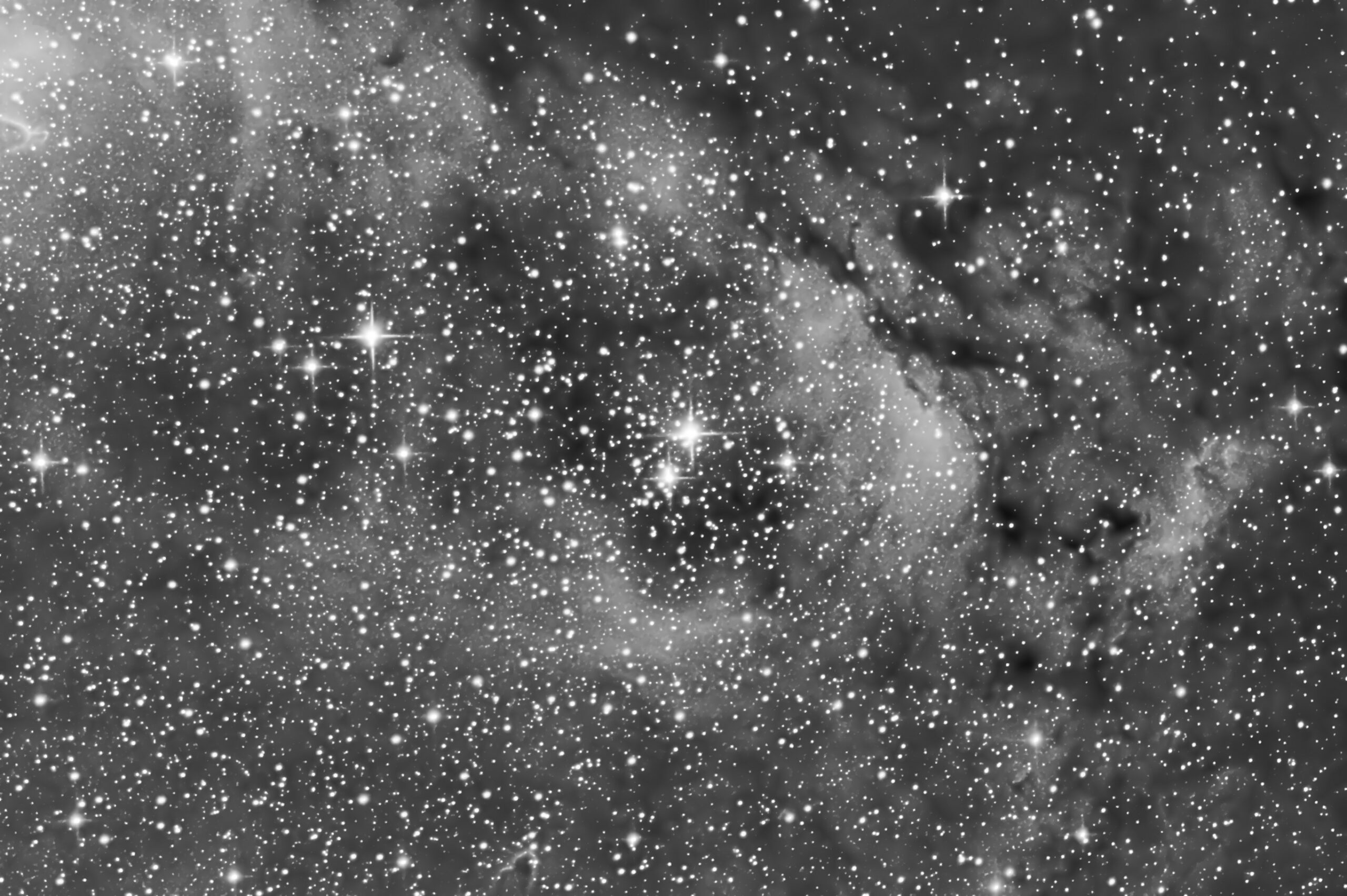
-
SH2-142
Read more: SH2-142The emission nebula SH2-142 in the constellation Cepheus, also called the Wizard Nebula, and the open star cluster NCG 7380.

-
NGC 6992
Read more: NGC 6992NGC 6992 is one of the brightest portions of the Veil of Cygnus, a large supernova remnant located in the constellation Cygnus, an estimated 1,200–5,800 light-years from Earth.The explosion that generated it dates back approximately 10,000–20,000 years, and the interaction of the shock wave with the interstellar medium produced filaments of ionized gas.The photo was…
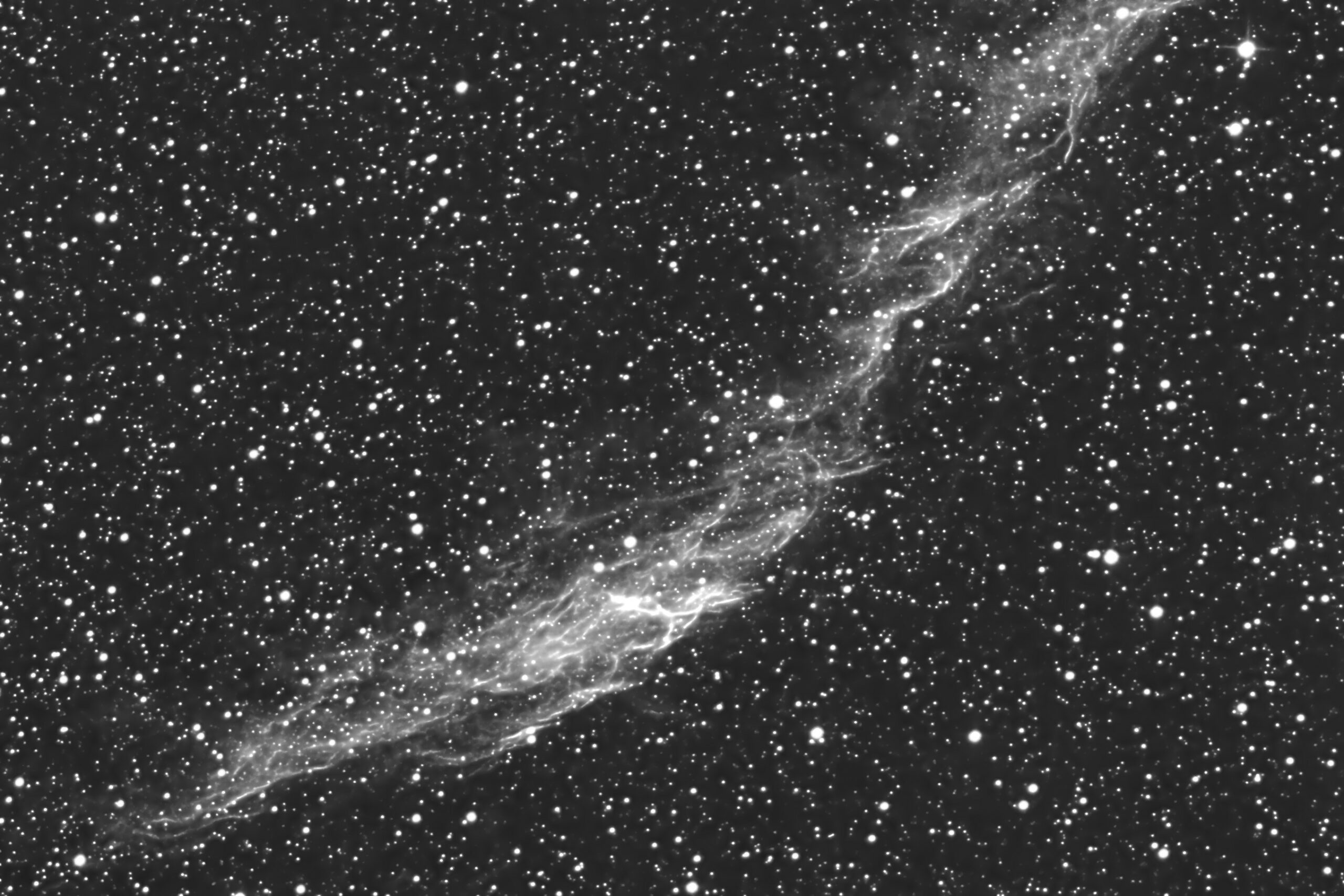
-
M 16
Read more: M 16The Eagle Nebula, catalogued as M 16 is an emission nebula in the constellation of Serpens and inside it, in addition to the star cluster NGC 6611, there is also one of the most famous astronomical images: the Pillars of Creation.
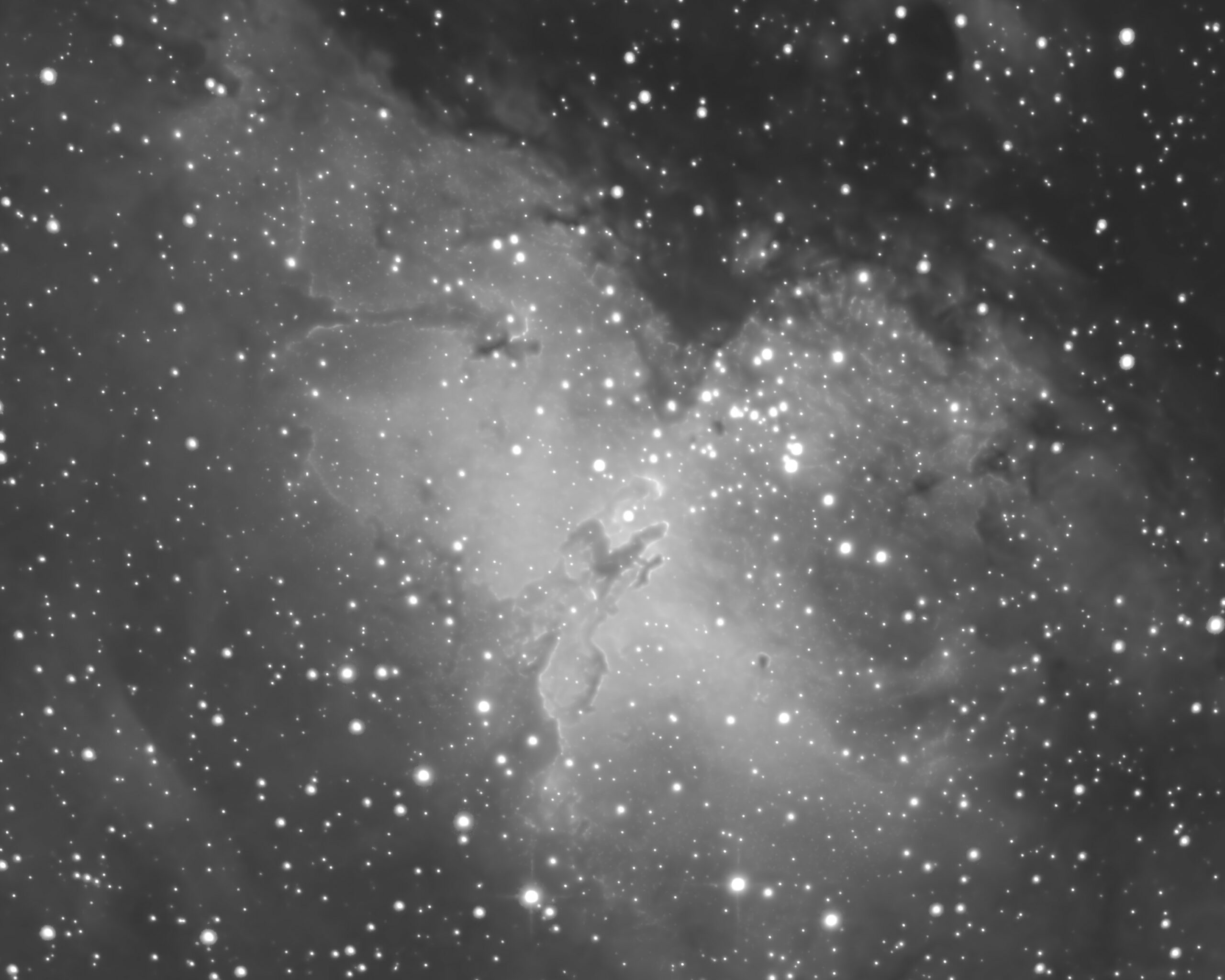
-
NGC 6888
Read more: NGC 6888NGC 6888, also known as the Crescent nebula, is an emission nebula in the constellation Cygnus, about 5000 light-years from Earth.It is formed by the stellar wind from the Wolf-Rayet star WR 136 (HD 192163), the brightest star at its center, colliding with the slower wind expelled by the star when it became a red…
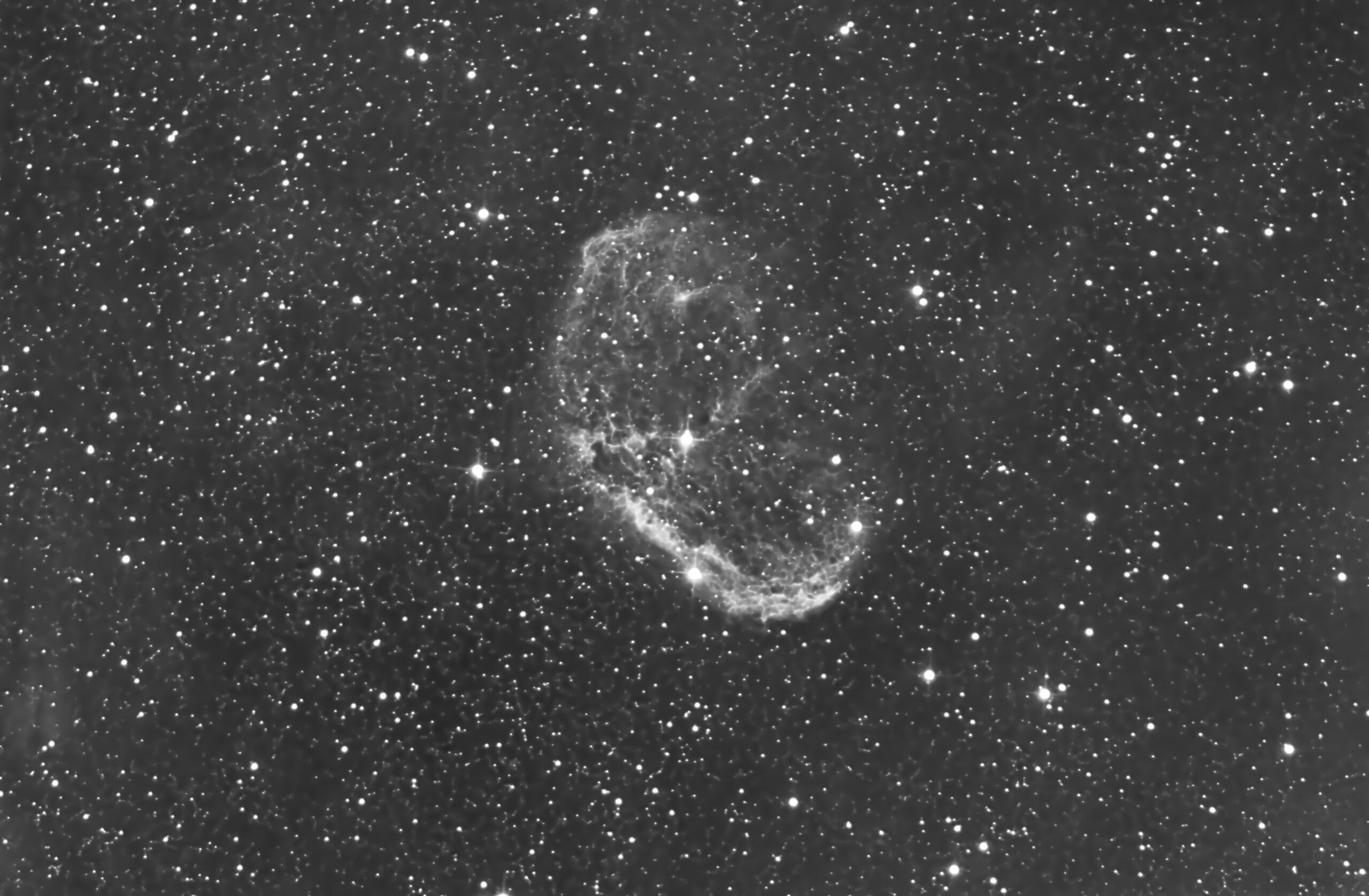
-
NGC 6946
Read more: NGC 6946NGC 6946 is an intermediate spiral galaxy located on the border between the constellations of Cepheus and Cygnus, about 22 million light-years from Earth.It is also known as the “Fireworks Galaxy” for the high frequency of supernovae.
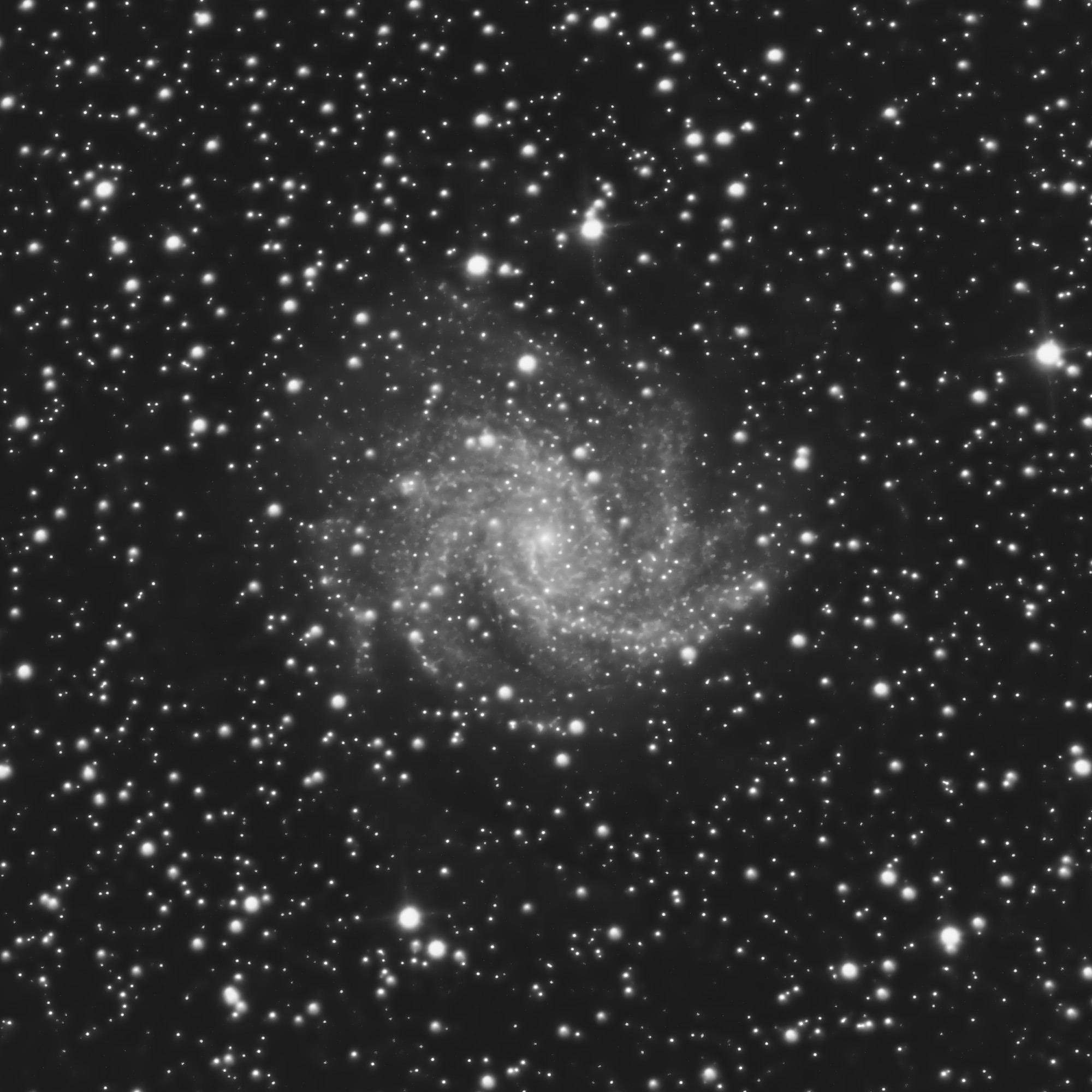
-
M 13 and M 10
Read more: M 13 and M 10The globular clusters M 13 in Hercules and M 10 in Ophiuchus are both just over 11 billion years old. M 13 is brighter and is particularly rich in stars, about 300,000, but M 10 is also easily observable even though it has only 100,000 stars being closer to Earth.
